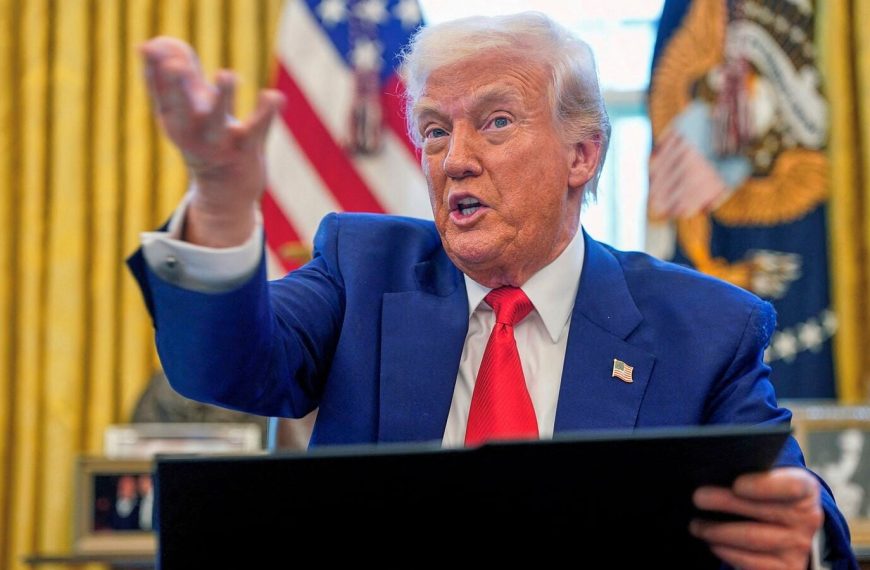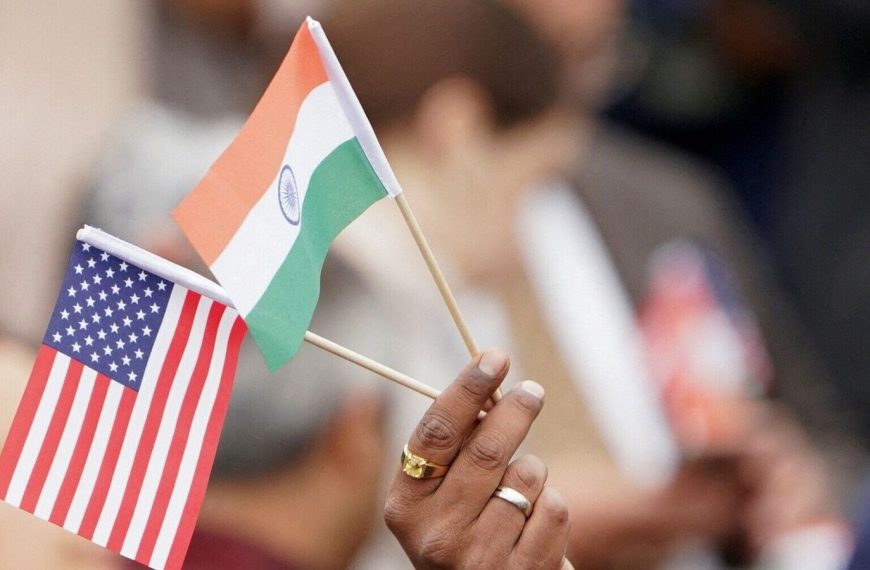In March, the dynamics of India’s overnight indexed swap (OIS) market are shifting significantly, reflecting a heightened expectation of interest rate cuts from the Reserve Bank of India (RBI). As inflation nears the RBI’s target and economic growth remains sluggish, market participants are recalibrating their forecasts, now predicting up to three rate reductions within the year.
OIS Rates Demonstrate Bearish Sentiment
The recent movement in OIS rates, which have declined by 10-15 basis points this month, signals a more aggressive approach to monetary policy than previously thought. Currently, the one-year OIS rate is hovering around 6.10%, its lowest since August 2022, while the five-year rate is approximately 5.90%, close to its lowest since March 2022. This easing hints at potential cumulative reductions exceeding 50 basis points in the next year.
Economic Indicators Favor Rate Cuts
Abhishek Upadhyay, a senior economist at ICICI Securities, notes that inflation is tracking 50 basis points below the RBI’s forecast for this quarter. This favorable trend provides the central bank with increased confidence in adjusting interest rates. "The RBI may not want to raise real policy rates, especially with global economic uncertainties posing downside risks to growth," Upadhyay remarked.
Revised Economic Projections
Initially, market analysts anticipated modest cuts of 50 basis points; however, this outlook has now shifted towards a more pronounced easing of 75-100 basis points. Japan’s MUFG Bank forecasts a 25 basis point cut in April, followed by additional reductions in August and December, which would bring the repo rate down to 5.50%.
Trade Tensions and Economic Growth
Concerns about the ongoing trade conflict and its potential impact on India’s economic outlook have also surfaced. Analysts caution that if reciprocal tariffs increase significantly, they could adversely affect India’s growth prospects by 2025. A recent January Reuters poll had only predicted two cuts during the current easing cycle, underscoring how rapidly sentiment is changing.
Liquidity and Market Reactions
In addition to rate cuts, analysts expect the RBI to inject more rupee liquidity into the banking system to facilitate quicker transmission of lower interest rates throughout the economy. Since mid-January, the RBI has already infused over 6.8 trillion rupees into the banking sector.
With retail inflation dropping to a seven-month low of 3.61% in February, the market anticipates another encouraging reading for March. JPMorgan highlights that if inflation continues to surprise on the downside, the RBI could shift its stance from neutral to accommodative, paving the way for further rate reductions.
Outlook for Government Bonds
Despite the challenges, JPMorgan retains a positive outlook on government bonds, maintaining an overweight position as foreign investors have net purchased government bonds worth 143 billion rupees in March alone. The broader economic growth forecast remains cautious, with predictions of 6.5% growth for the current fiscal year, marking a four-year low, while estimates for the upcoming year range from 6.3% to 6.8%.
As the RBI navigates these turbulent economic waters, all eyes will be on the April meeting, where critical decisions about interest rates and liquidity measures are expected to shape India’s financial landscape for the coming months.











